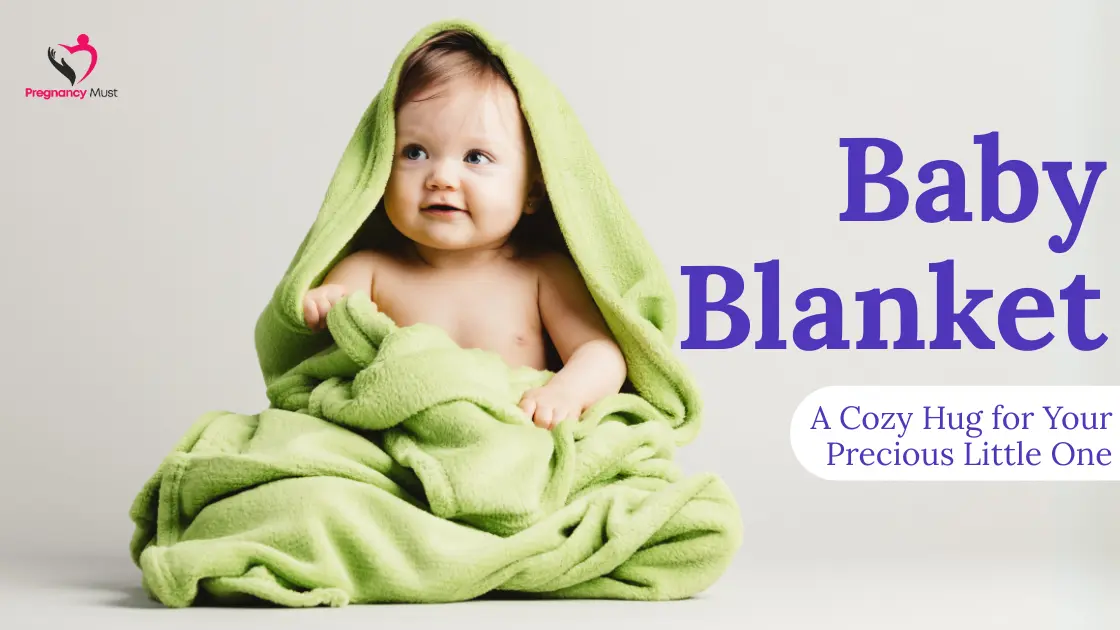When it comes to ensuring your baby remains comfortable and warm, there is no better way than covering them with a soft blanket. Blankets are a must-have, whether you are expecting your newborn or trying to find the perfect present for a toddler. This guide to baby blankets will cover the different types available, sizes offered, and even how to select a personalized blanket for your child.
What Makes a Baby Blanket Special?
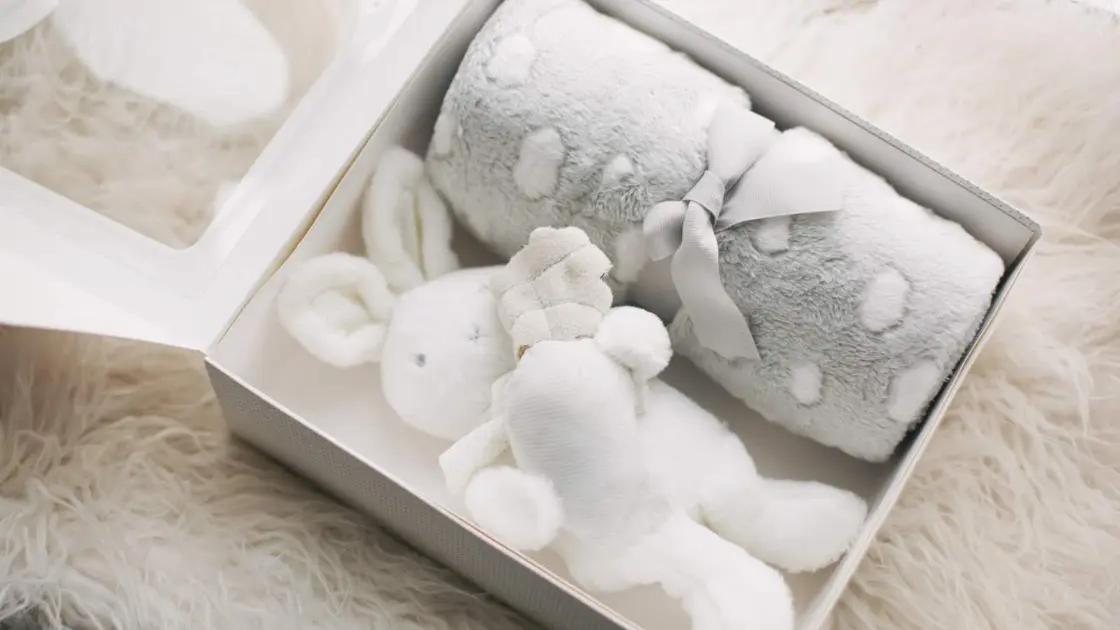
When it comes to ensuring your baby remains comfortable and warm, there is no better way than covering them with a soft blanket. Baby blankets are a must-have, whether you are expecting your newborn or trying to find the perfect present for a toddler. This guide to baby blankets will cover the different types and sizes offered, and even how to select a personalized blanket for your child.
Types of Baby Blankets
Personalized Baby Blankets
A baby blanket makes a thoughtful personalized gift. It could be their name, or initials, or a nice message. These are great for commemorating milestones, so they kind of serve as a keepsake!
Crochet Baby Blankets
Crochet blankets are often hand-made, making for a characterful texture and more traditional feel. These blankets are ideal for parents who enjoy personalization because they are adaptable and can be customized with various designs.
Baby Blanket Size
Choosing the right blanket size is crucial to ensure your baby stays comfortable and secure while they sleep, play, or relax. The size of the blanket will depend on several factors such as your baby’s age, growth rate, and how the blanket will be used (e.g., for swaddling, naps, or bedtime).
Why Baby Blanket Size Matters
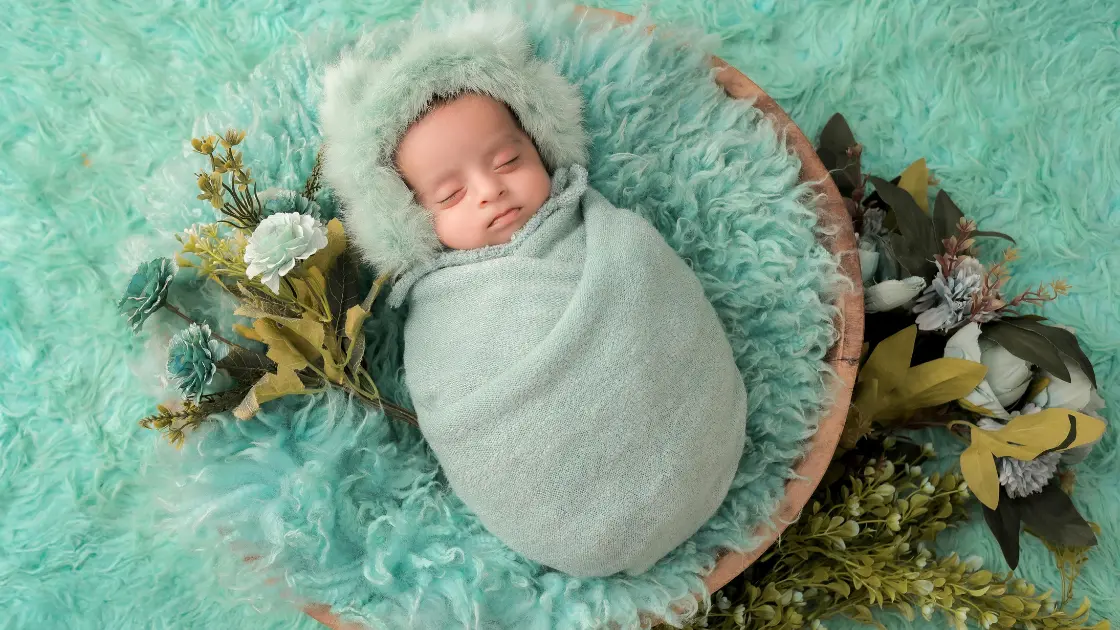
A small blanket might not provide enough warmth and cover, while a too-large blanket can be difficult to handle or become an entrapment risk if the infant is not yet able to move it off of its face. Choosing a good size for a baby blanket. You should choose blanket that provides that snug feel and room for growth.
Newborns (0-3 months)
For newborns, a smaller and lighter blanket works best. A baby blanket size of 30″ x 30″ or 36″ x 36″ is perfect for wrapping your little one up comfortably without overwhelming them. These smaller blankets are great for swaddling as they are easy to manage and fold neatly around your baby. They also provide enough coverage while ensuring your baby doesn’t overheat.
Recommendation: Light materials like muslin or cotton are advised.
Infants (3-12 months)
As babies grow, they will need a bigger blanket for more coverage during naps and bedtime. A size of around 36″ x 40″ or 40″x 50″ will work great for a baby blanket at this point. These blankets will allow babies to stretch out a bit more (but not too much) while they contain all the warmth and comfort. This size can be a tummy time blanket, perfect for on-the-go snuggling, and even makes an excellent playmat.
Recommendation: Look for soft, cozy fabrics like fleece, knitted cotton, or bamboo that are gentle on your baby’s skin.
Toddlers (12 months and up)
As your baby enters toddlerhood, you’ll need a larger blanket to accommodate their growing size and increased mobility. A baby blanket size of 40″ x 60″ is recommended. At this stage, blankets are typically used for comfort, snuggling during storytime, or even to wrap around your toddler for warmth during sleep.
Recommendation: For maximum comfort, choose a fabric that balances warmth and softness, such as plush polyester or a thicker cotton blend.
Preschoolers (3+ years)
When your child reaches preschool age, they might prefer a 50″ x 60″ baby blanket size or even larger. This larger size will still provide comfort during naps but also allow your child to use the blanket during playtime or as they grow older.
Recommendation: A machine-washable fabric like cotton blends or microfleece works excellently for this stage, as toddlers can be messy.
Choosing a Blanket for Specific Uses
- Swaddling: If you’re looking for a blanket specifically for swaddling your newborn, the size should be smaller (30″ x 30″). It’s important that the blanket can be easily wrapped around your baby to provide a snug fit while still leaving room for their hips and legs to move freely.
- Sleeping Blanket: For overnight use, a slightly larger blanket (36″ x 40″ or 40″ x 50″) is ideal as it ensures the baby stays warm and secure throughout the night.
- Playtime Blanket: For a versatile blanket that can also be used during playtime, consider a larger blanket (40″ x 50″ or 40″ x 60″) that offers more coverage and comfort for your growing baby.
Tips for Selecting the Right Baby Blanket Size
- Consider the Blanket’s Purpose: What will the blanket be used for? A smaller blanket may be perfect for a swaddle, while a larger one is better for nap time or bedtime.
- Think About Room for Growth: Babies proliferate! A too-small blanket may not last long, so it’s often worth investing in a slightly larger size your baby can grow into.
- Adjust for the Season: The bigger, the better, for wrapping a sleeping beast or toddler like myself on chilly nights!
- Safety Considerations: Babies grow fast! A too-small blanket will not see much use, so it can be worth buying a larger one your child can grow into.
Choosing Between a Crochet Baby Blanket and a Traditional One
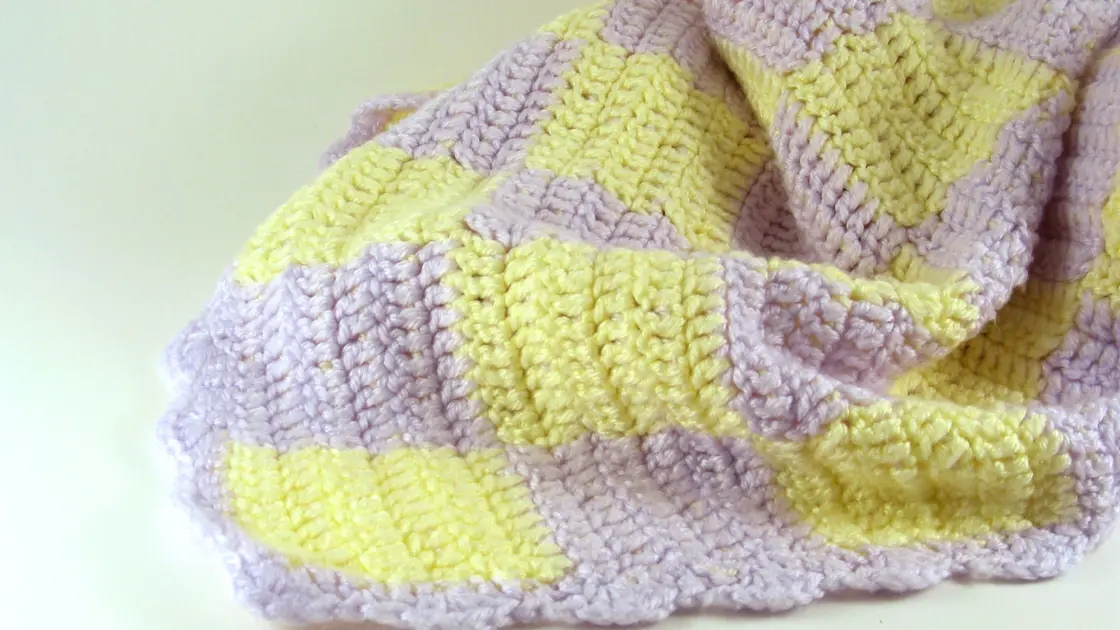
A crochet baby blanket, with its rugged look, is suitable for parents who want a hand-made feel, but traditional blankets also come in thousands of fabrics, colors, and patterns. So it all depends on whether you like the feeling of a hand-knit blanket or prefer its look.
Benefits of a Personalized Baby Blanket
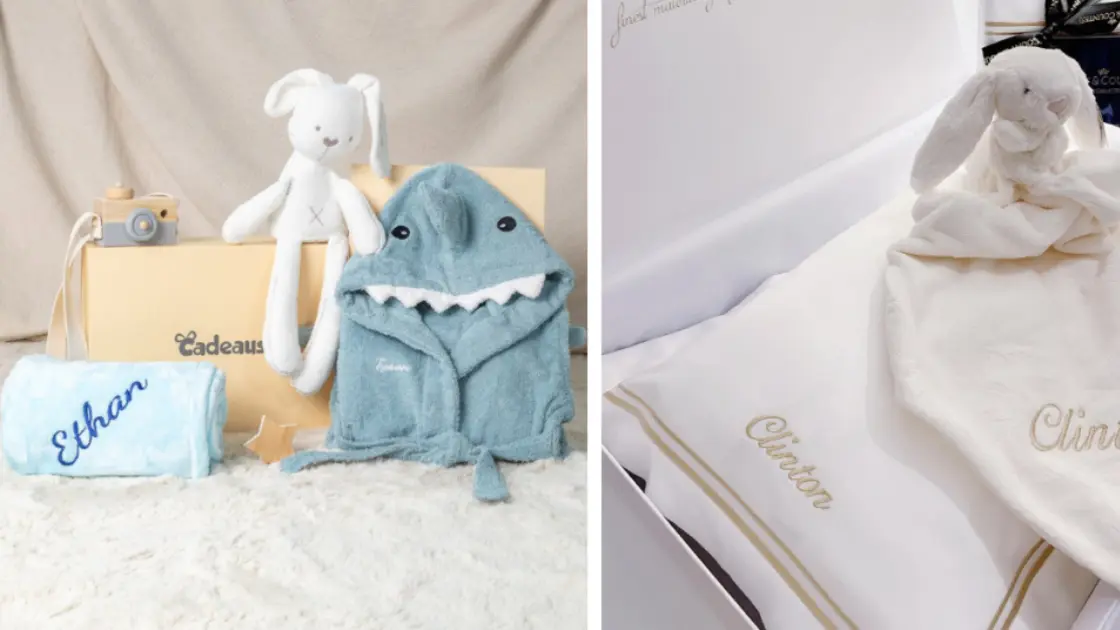
A personalized baby blanket offers both practical and sentimental value. It adds a unique touch to your nursery and makes the blanket a keepsake that can be cherished for years. Personalized baby blankets also make thoughtful gifts that stand out from the usual toys or clothes.
Why Go for a Crochet Baby Blanket?
Durability
Because they are typically made by hand, crochet blankets can often last much longer than their machine-made counterparts(actions). Crafted with intricate detail in every stitch, this blanket is more durable and long-lasting, and withstands many washes and regular daily use. Its longevity and less tendency to fray or wear out quickly make it an excellent investment for your baby.
Customization
Because they are typically made by hand, crochet blankets can often last much longer than their machine-made counterparts. Crafted with intricate detail in every stitch, this blanket is more durable and long-lasting. It can withstand many washes and regular daily use. Its longevity and less tendency to fray or wear out quickly would make it a great investment for your baby.
Softness
These crochet baby blankets are very soft and usually made of natural fabrics such as cotton or bamboo, so they are gentle to the skin. These fibers guarantee that your infant will be equally comfortable and won’t irritate them. For cuddling, napping, and any other activity that calls for something extra soft to hold, a crochet baby blanket is perfect.
How to Care for Your Baby Blanket
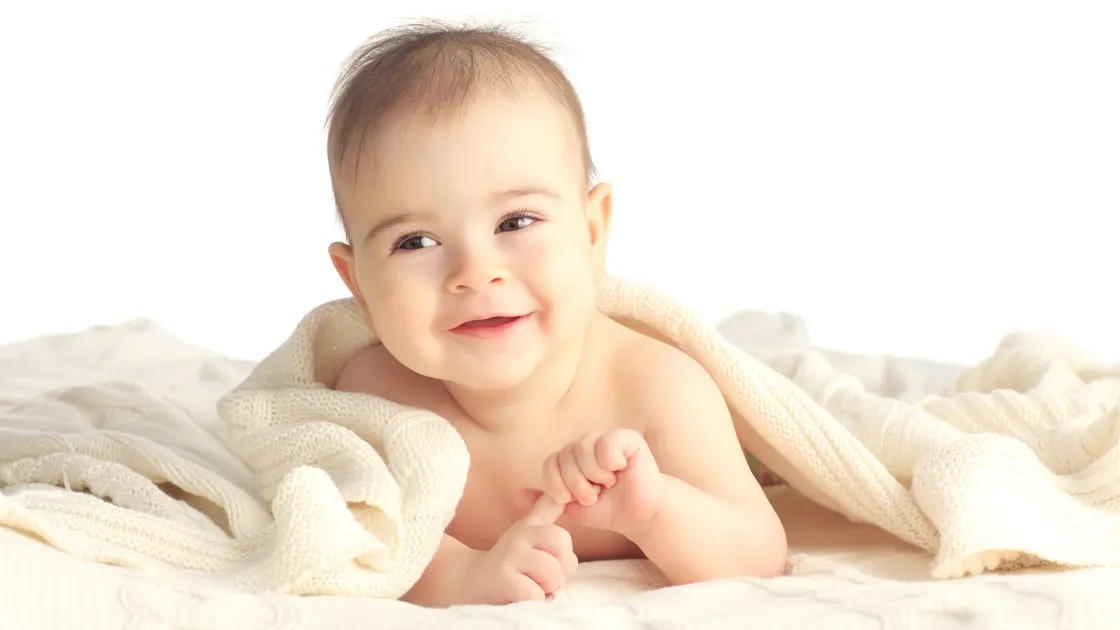
If you want your baby blanket to be in optimal physical condition, you must take care of it. Take these actions:
Washing Your Baby Blanket
You can gently wash a baby blanket in the washing machine using mild soap. Blue poopy diapers can look just like the gel that is inside them. Sensitive baby skin may also become irritated by harsh detergents, bleach, or softeners, causing the fibers in your diaper inserts to break down. Wash baby clothes only with a soap that is suitable for filling baby skin.
- Use gentle detergent: Prefer using a mild, baby-safe detergent with no harsh chemicals, fragrance, or dye, thereby keeping your baby’s soft skin safe
- Cold or lukewarm water: Wash your blanket in cold or lukewarm water to avoid shrinking, fading, or any potential damage to the fabric’s fibers and colors.
- Avoid fabric softeners: They might be leaving residues that may lead to skin irritations & bumps, or for others, all-out allergies from their babies.
Drying Your Baby Blanket
Soft as a cloud, buttery smooth, and drapeable, let it air dry to keep the beautiful texture and shape real. The fabric will shrink, fray, and become less soft in high-heat drying. Otherwise, if you dry them, use low heat or air fluff to prevent any damage.
- Air drying is best: You’ll likely want to hang your blanket on a line outside in the sun, but if that’s not possible and you want subtle colors, go for it.
- Use a dryer on low heat: If you choose to go in the dryer, always use the lowest warm temperature setting and make sure it is either a tumble dry low or air fluff so as not to damage your clothing while keeping them soft and the fibers intact.
- Avoid over-drying: Prevent fabric wear with off over-drying by leaving your blanket in the dryer to fade and possibly damage fragile fibers early.
Storing Your Baby Blanket
Fold your components very carefully and store them in a dry, cool, well-ventilated location. Do not store them in wet places, as this will help prevent mold or at least the appearance of mildew. Storing it correctly will help maintain the freshness of your blanket and keep it in excellent condition for years to come.
- Fold neatly: Fold this blanket properly, to keep away from wrinkles and folds post-washing. It also means the blankets stay nice and smooth and they are taking up a great space.
- Store in a dry place: Choose a cool, dry, and well-ventilated area to keep the blanket fresh, ensuring it remains free of dust and retains its softness.
- Avoid moisture: Keep the blanket away from damp or humid environments to prevent mildew. Excess moisture can damage the fabric and affect the blanket’s longevity.
When to Replace Your Baby Blanket
As much as you can, remember your baby whose blanket will be tattered after some time of regular use. To determine when to replace it, check for any signs of the edges fading or fraying.
Baby Blanket FAQs
1. What is the best fabric for a baby blanket?
The most comfortable fabric for a baby blanket is super soft, warm, and breathable cotton, muslin, or bamboo. These fabrics are very soft and do not irritate sensitive skin.
2. Can I use a personalized baby blanket for every occasion?
Yes! These personalized baby blankets make excellent gifts for a host of special occasions, such as baby showers, birthdays, or even as a memento for your baby’s first year.
3. Are crochet baby blankets safe for newborns?
Yes! If made of baby-safe materials (cotton or acrylic) and with no loose threads, crochet blankets should also be safe for newborns.
4. What size baby blanket should I buy for a toddler?
For little kids, a medium-large size baby blanket (so around 40″x60″) is great so it will continue to last them as they grow.
5. Can a baby blanket be used for swaddling?
Most baby blankets are big enough for swaddling, which means wrapping your baby so he feels secure and snug.
6. How do I know when to replace my baby blanket?
If your baby blanket is worn or the fabric has started to fray, if it no longer offers enough warmth or comfort, then you should replace it.
Final Thoughts on Choosing the Perfect Baby Blanket
Selecting the right baby blanket for your little one requires consideration of fabric, size, and design. Whether you choose a personalized, crocheted, or simple yet practical blanket, the comfort and safety of your baby should always be the priority.
Explore more on Pregnancy Must –
